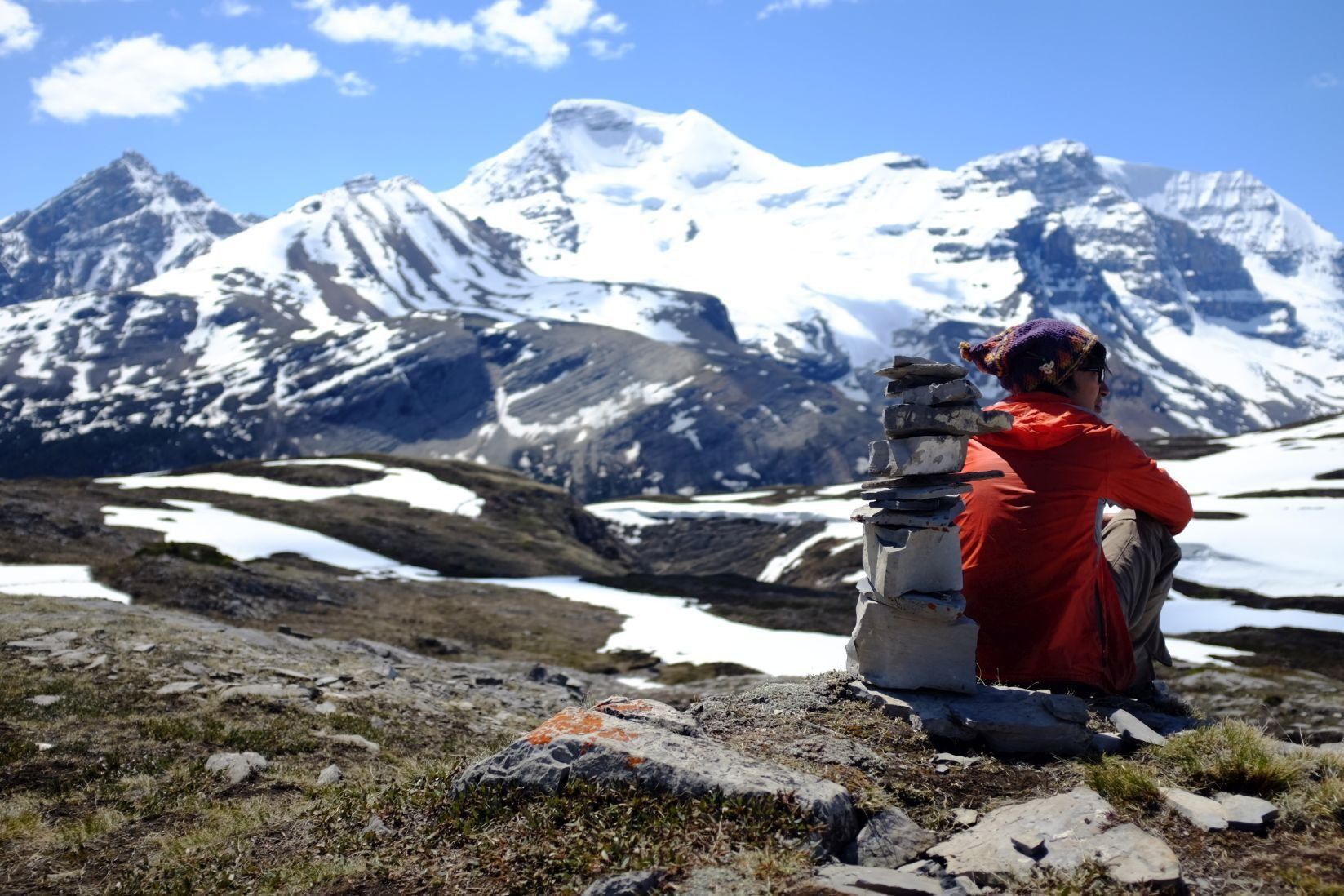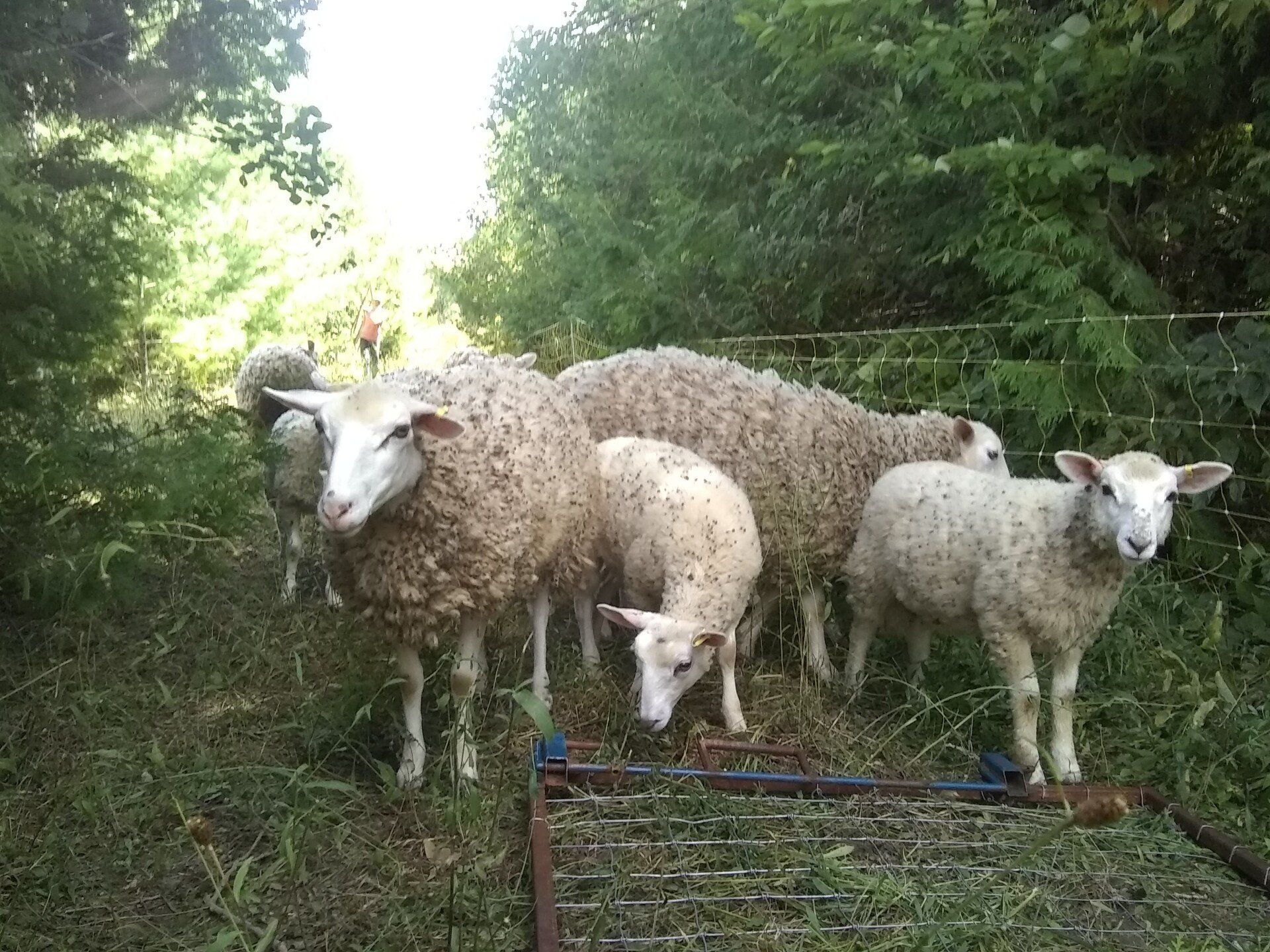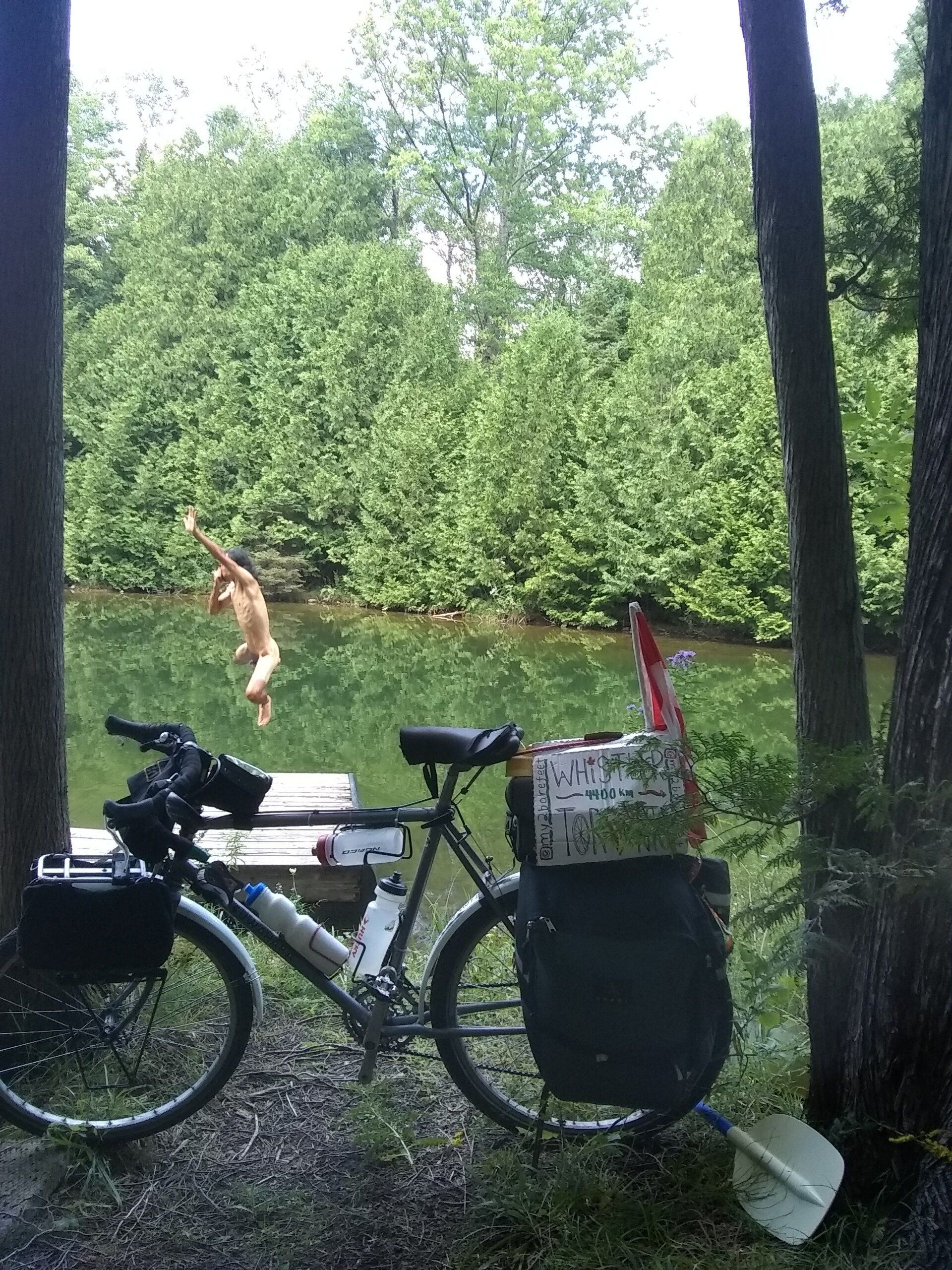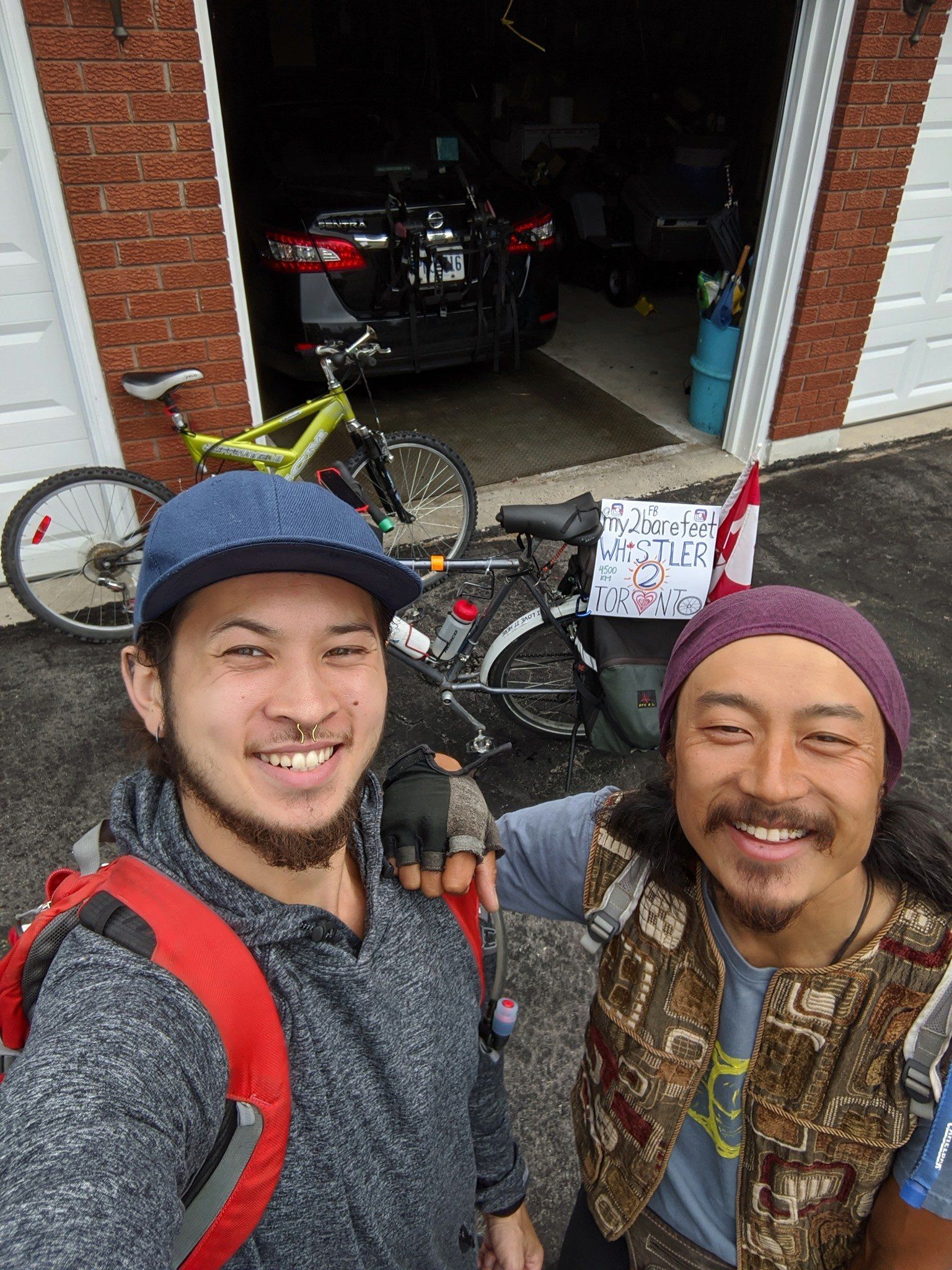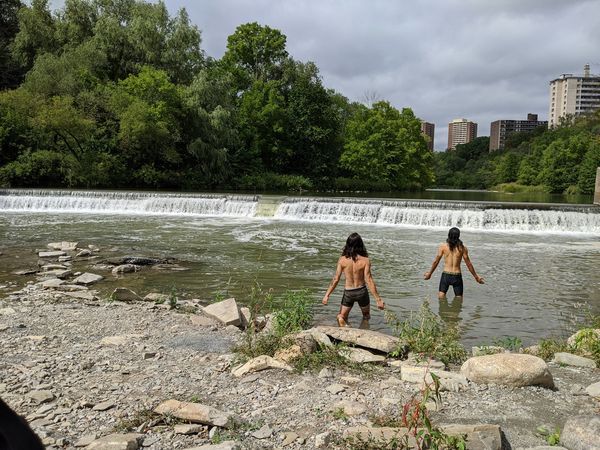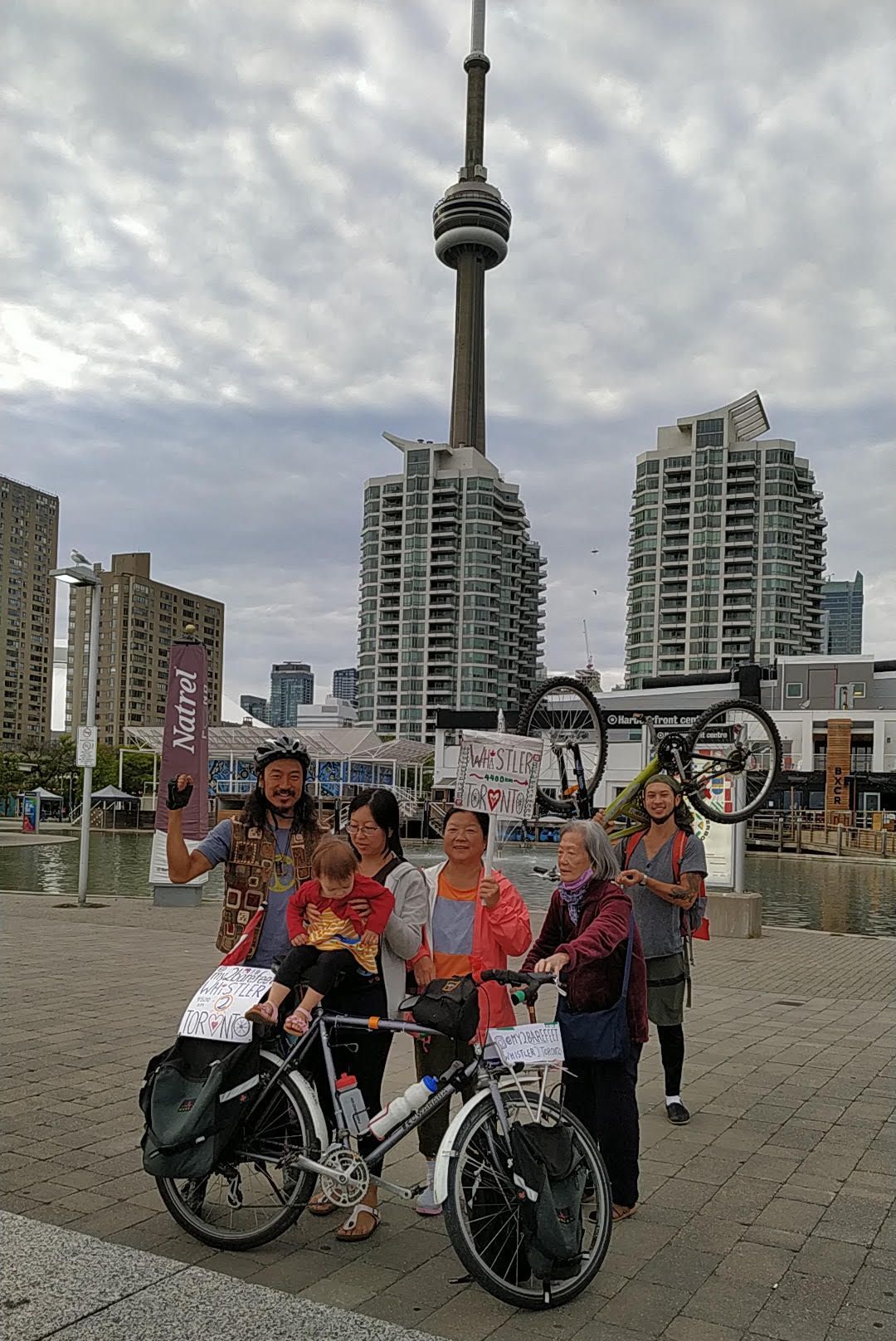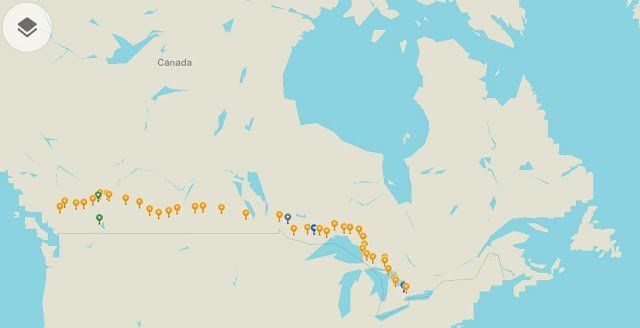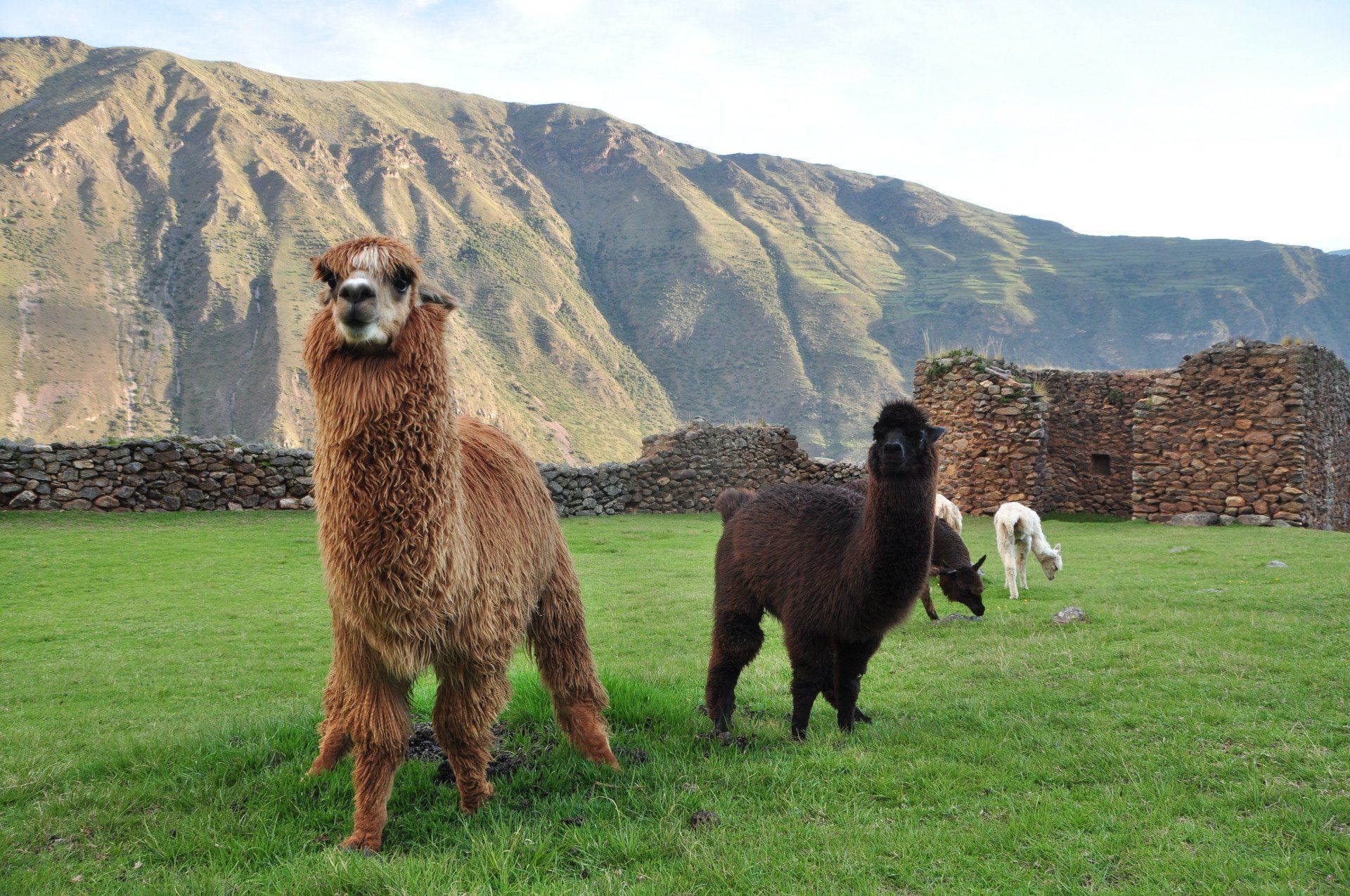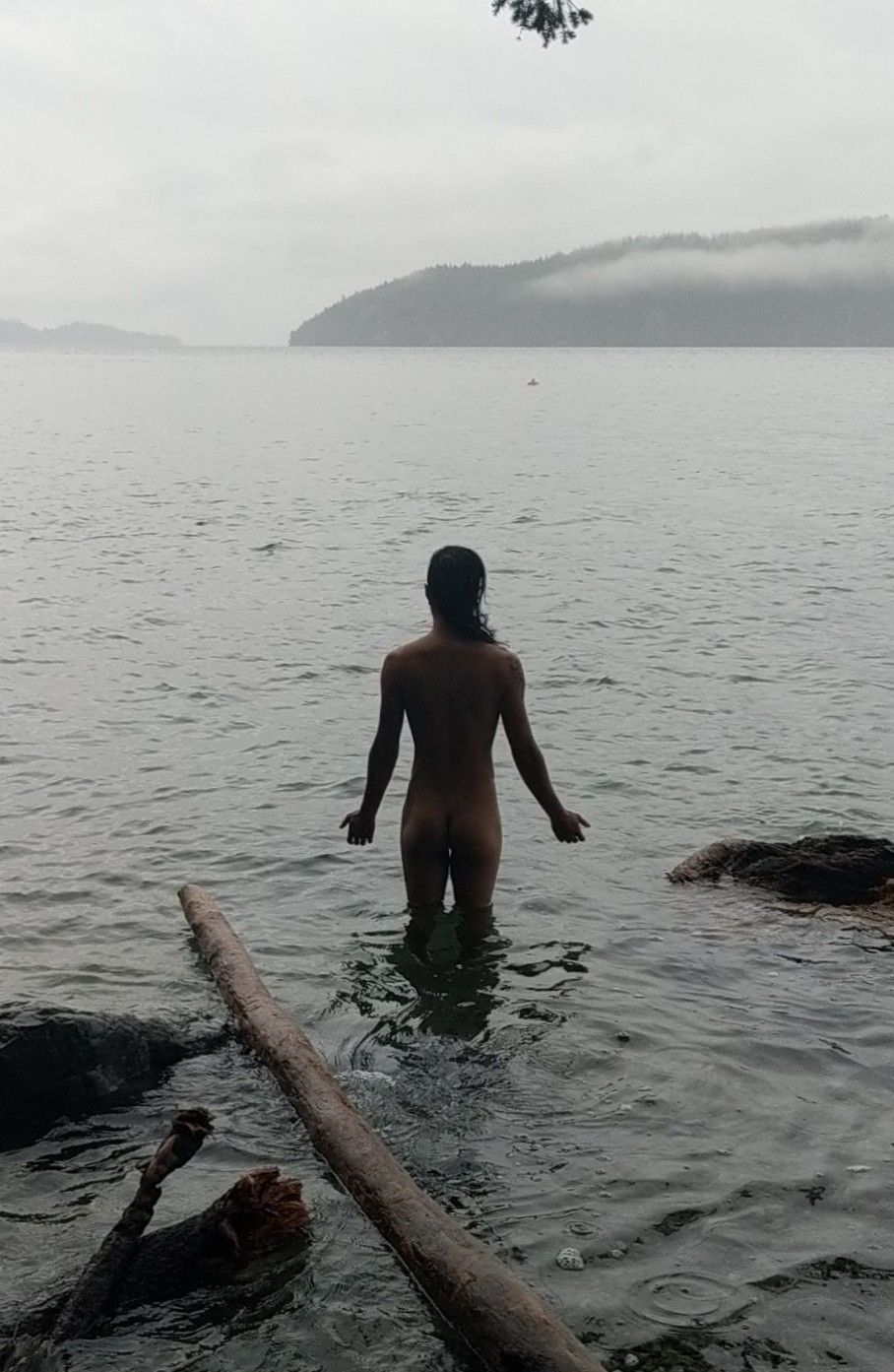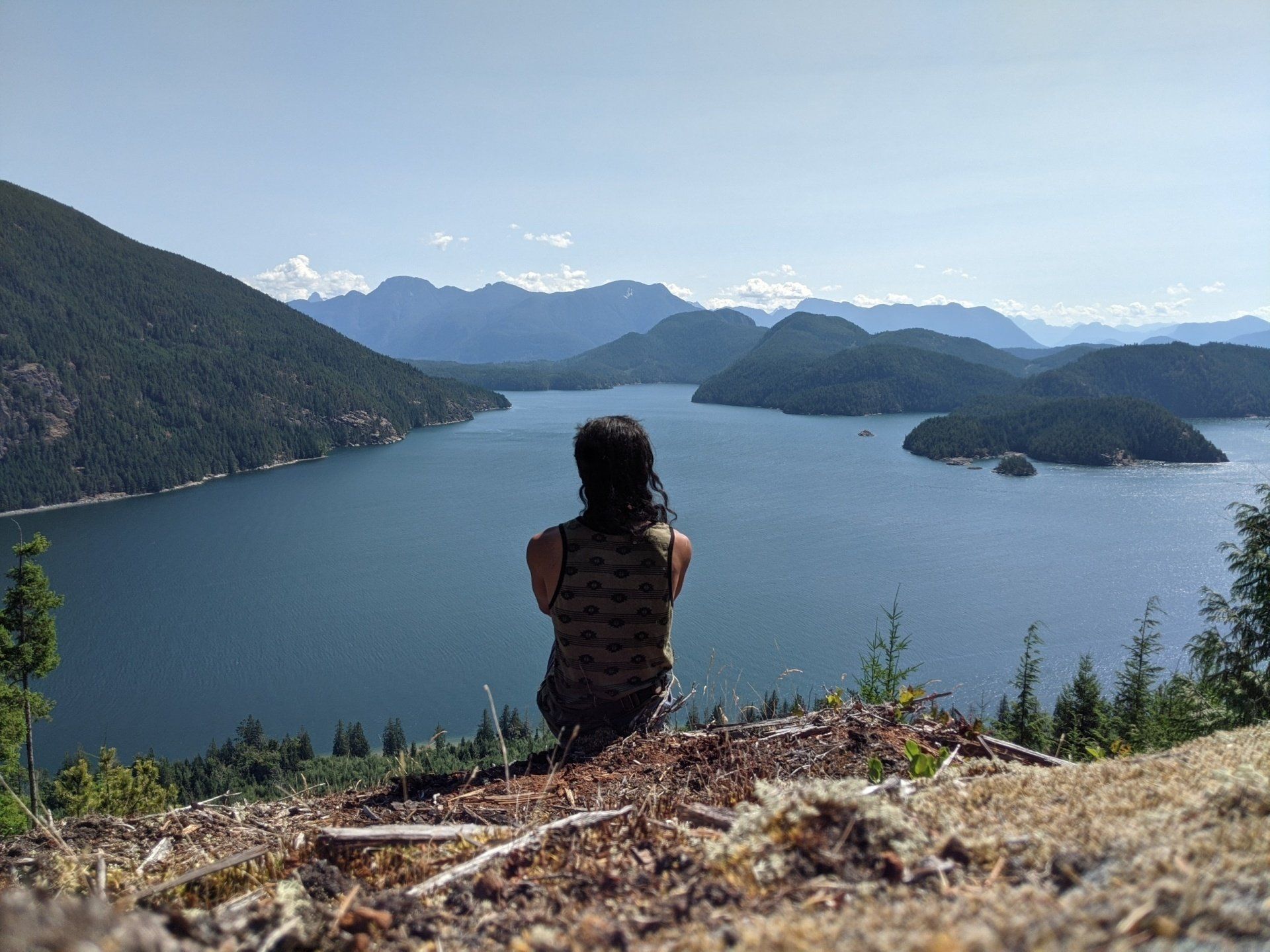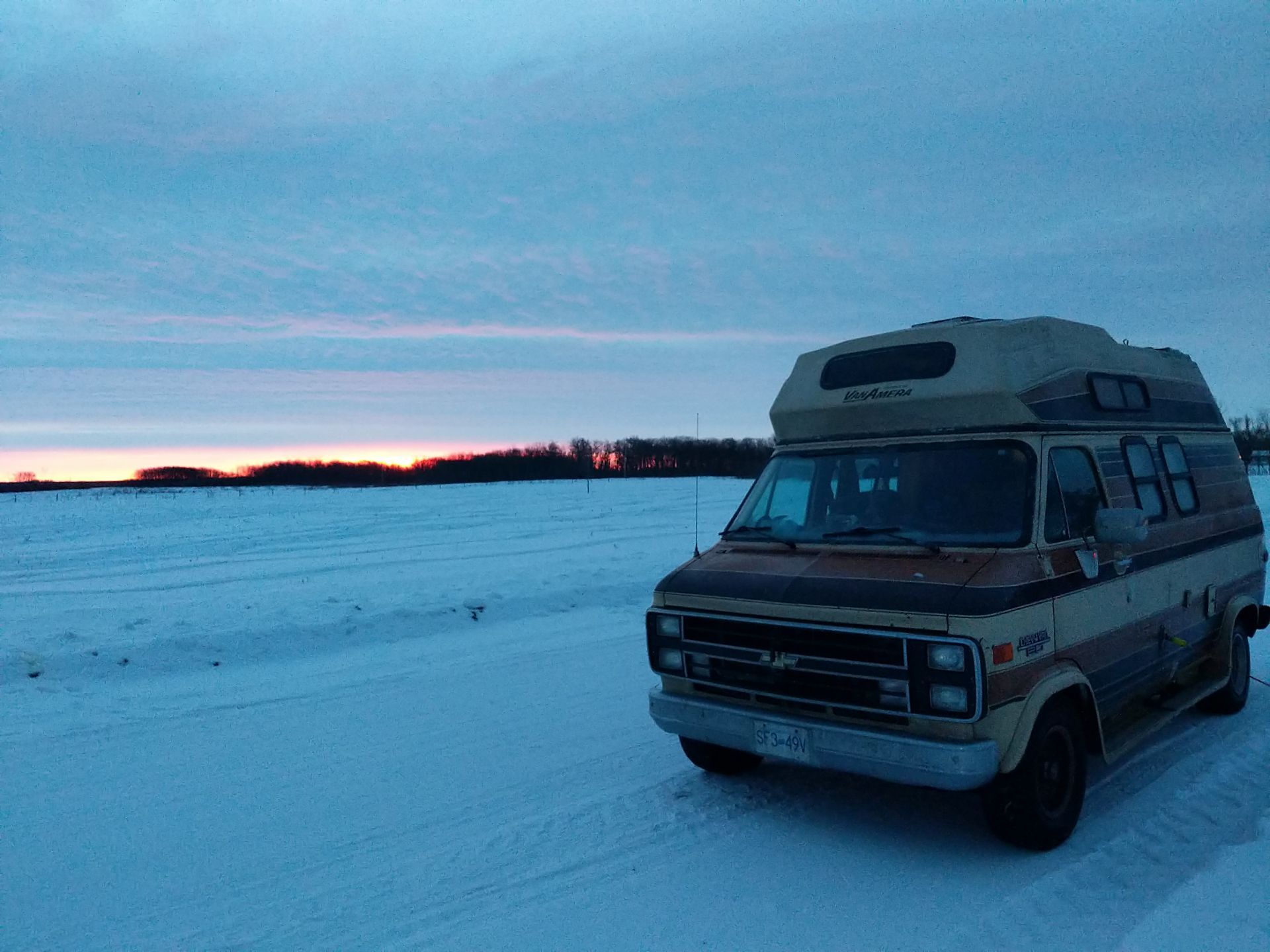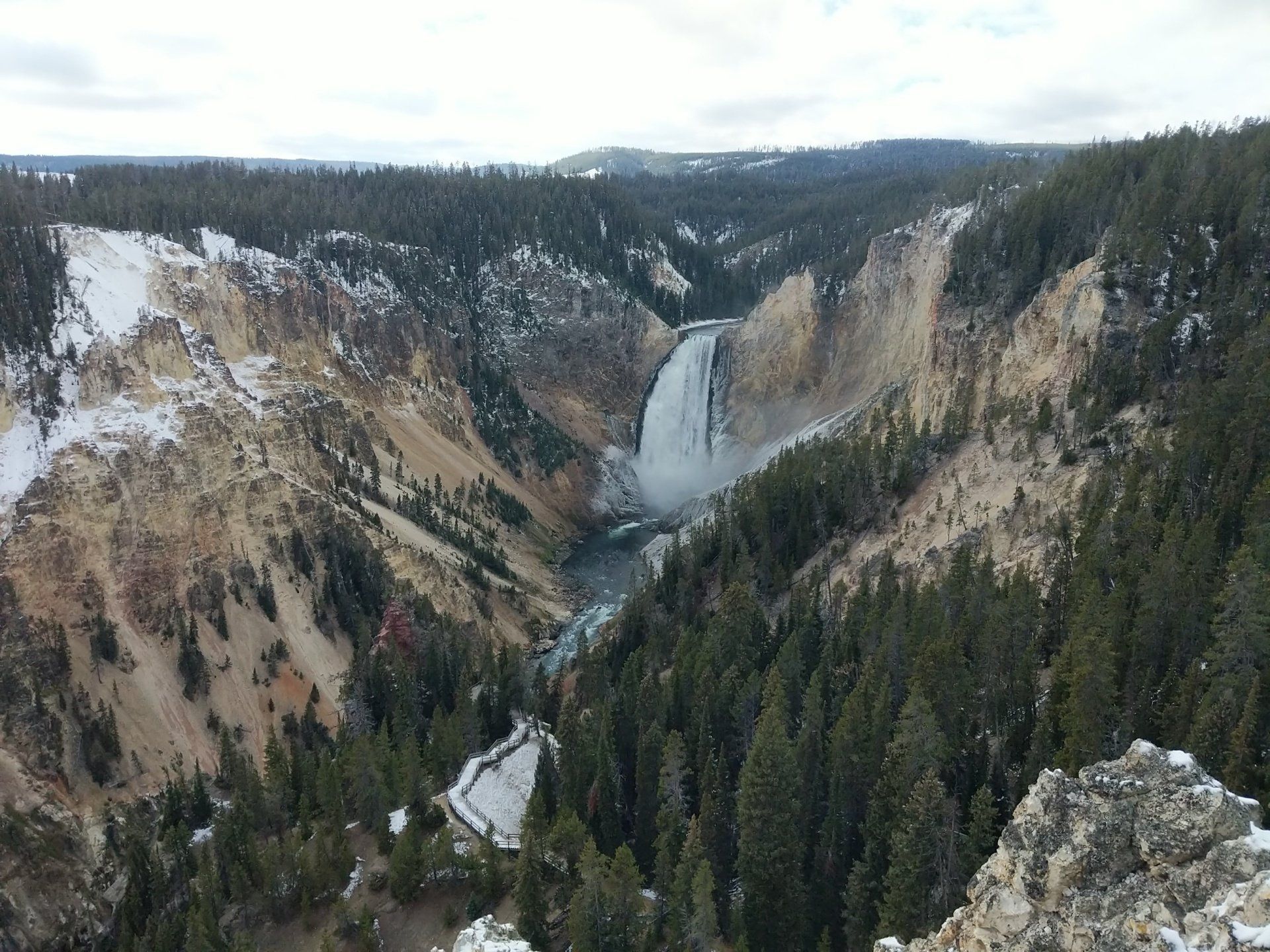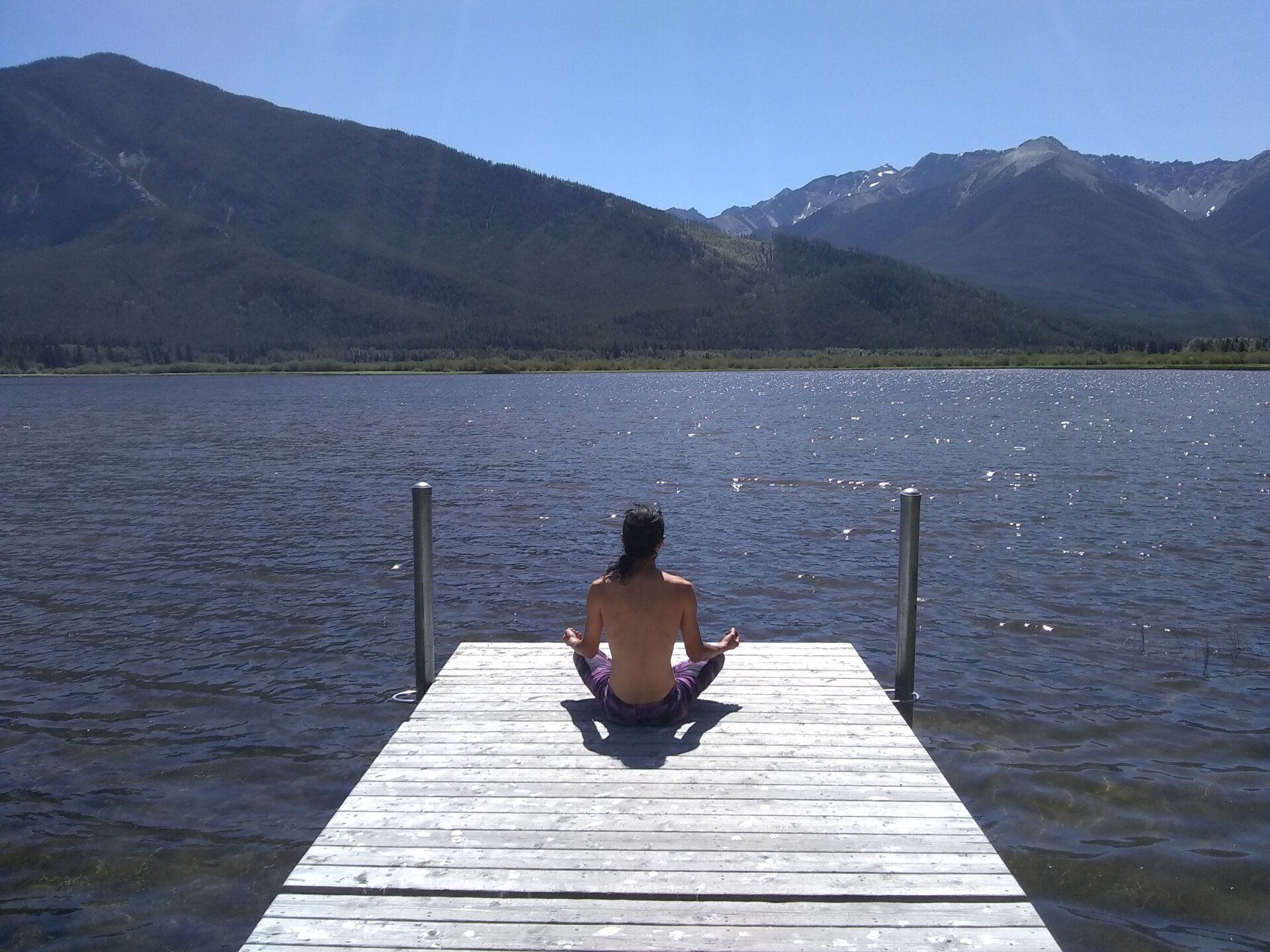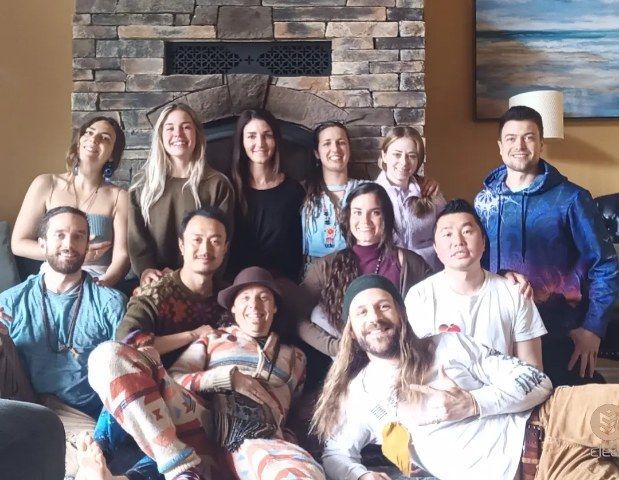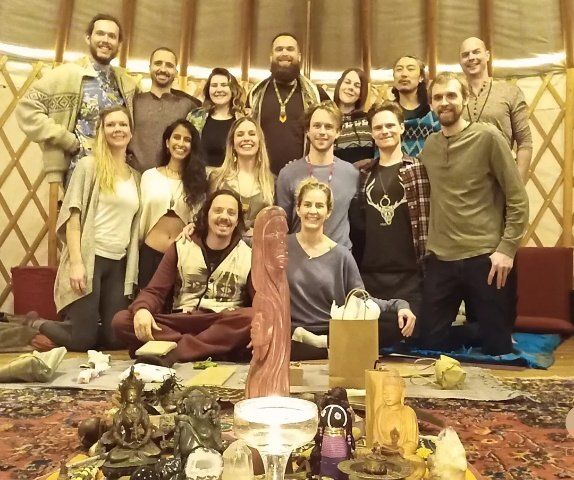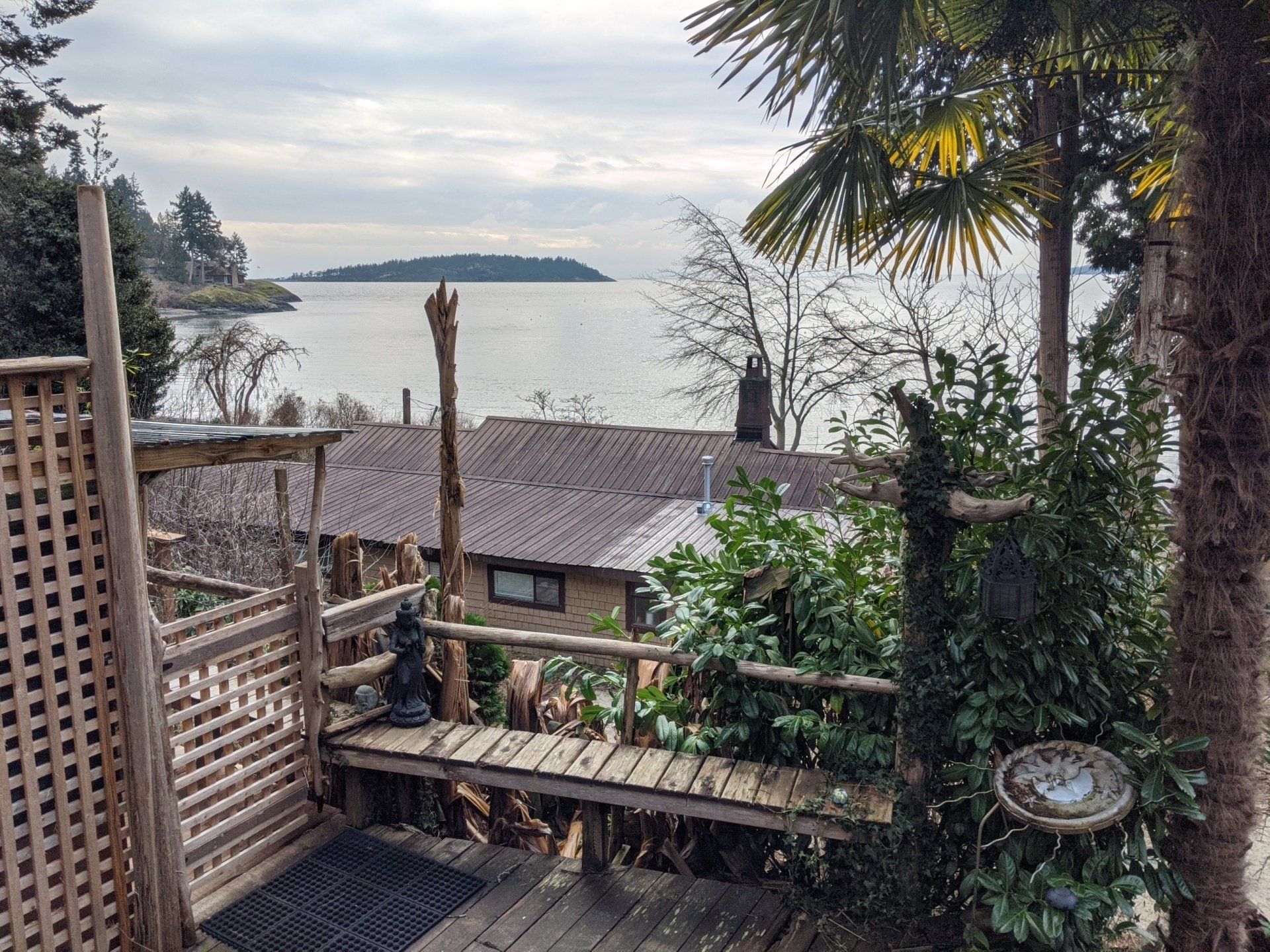All I Need is my Bicycle, Part 4: Home Stretch
Home stretch of an adventure of a lifetime
Home stretch of an adventure of a lifetime

Day 35, 36 - Manitoulin Island, 94 km; Island Ferry, 71 km
Manitoulin Island is a beautiful place to cycle. Wide shoulders make it really safe, and the terrain feels wide open, with sweeping views of Lake Huron easily accessible across the island. And, similar to the islands of the west coast of Canada, Manitoulin has a distinct culture due to its relative isolation. It's the perfect setting for an intentional community like the one I visited.
Justin's homestead is home to 20 people, growing food and sharing communal meals, working on building projects such as greenhouses and power assisted touring bikes! It was really easy connecting with people here, not to mention having an inspiring story to share.
Due to lack of availability of ferry bookings I was forced to stay another night at the Tilson Homestead, which I was ultimately happy about since I could spend more time with the awesome people there. Although the next day I battled a fierce headwind to get to the ferry, to get to Bruce Peninsula.
Day 37, 38 - Chatsworth, 128 km; Fletchwitz Farm, 38 km
Spurred on by a good wind and an opportunity to stay with a dear friend I made a big push through the Bruce Peninsula for a 128 km day, so I could have a short day and arrive early to Fletchwitz Farm.
In the summer of 2017 I worked for Simon and Talia, helping them with their unique building project - a timber frame house with straw bale walls. Simon and I became very close friends through this experience, and it was a joy to make his beautiful home a stop on my epic journey, and to see the progress they have made.
Day 39 - Home, 126 km
T-minus 2 days! Now I could really feel the end because, informally, this felt like my last day, ending at my parents' home where I grew up. After tackling some big hills, it was pretty easy cruising the rest of the day. Plus it was finally sunny and warm out all day - for the first time since the Prairies! I could actually wear one layer and feel the warmth of the sun on my skin. I took a few snack breaks in small towns where I had great conversations with people on the street and in cafes.
While my family was happy to see me, my parents didn't show much emotion or interest beyond that - their reaction would have been almost the same if I had simply flown home. They are very simple people and it is something I had eventually learned to accept about them. At least they shelter and feed me unconditionally.
My sister, however, was very inspired, and my niece was happy to have a fun eclectic personality around the house!
Day 40 - Last Day - Downtown Toronto!
I was really excited to reach the finish line, especially because my best friend would join me for it! A few hours after leaving home we could sense our descent into the Greater Toronto Area bubble as traffic became unnervingly heavy. About halfway through the day though we got through the hard part and emerged in the Humber River pathway system. I was very impressed by the nature that's available in Toronto. I never had a chance to experience it before, and this was such a great way to do so!
Bry and I each took a sip of Electric Kool Aid and cruised casually down the Humber River pathway system, stopping often to take in the sights and have nice conversations with people who saw my sign. We crossed over to the city's most beautiful park, High Park, before reaching downtown where we stopped for lunch at a Tibetan-Hakka restaurant. My ethnicity is Hakka, which is a rare Chinese dialect, so it's always cool to see a Hakka restaurant.
60 km and 8 hours later we reached our final destination on the waterfront, where my family gave us a welcome party. And with that, my journey was complete!
I left on July 10 and finished exactly 2 months later on Sept 10. Over that time I spent 40 days on the bike, riding 4516 km (plus one hitchhike of 159 km) for an average of 113 km/day! My highest single day mileage was 246 km, behind a massive 35 km/h tailwind through the flat and open Prairies of Saskatchewan.
The highlight ride of my tour was the day I started from Moraine Lake, my favourite lake in the world. I rode through the car-free and freshly paved Bow Valley Parkway through the awe inspiring mountains of Banff National Park, finishing at my friend's house in Calgary past midnight. I started at the lake at 1900 m elevation and rode 193 km on the day, ending at 1100 m, meaning I lost 800 m elevation overall. However, due to all the hills along the way I actually gained 1300 m and dropped 2100 m!
But my highest single day elevation gain was 1340 m in Northern Ontario. The stretch of TransCanada Highway along Lake Superior has steeper hills than any stretch in British Columbia! A rough extrapolated calculation of my recorded rides estimates that over my entire trip I gained 28,000 m in elevation, which means I would have climbed Mt. Everest (8848 m) three times!
At this point I am taking time to decompress and integrate mentally but also media-wise, to go through pictures and videos, because I still have lots of stories and wisdom to share!
But at the moment I feel like all the wisdom I have already cultivated in my life has been reinforced and further ingrained into my identity - in other words at the start of the trip I was quite sure of who I was, and after the trip I am even more sure of who I am. I feel stronger than ever, not just my legs but especially in my mind, confident that I can accomplish whatever I put my mind to.
So while this narrative within my life story is over, other exciting narratives are just beginning, and my story just keeps getting better and better!
So stay tuned for more blogs or follow me at IG @my2barefeet or on FB (www.fb.com/my2barefeet)
